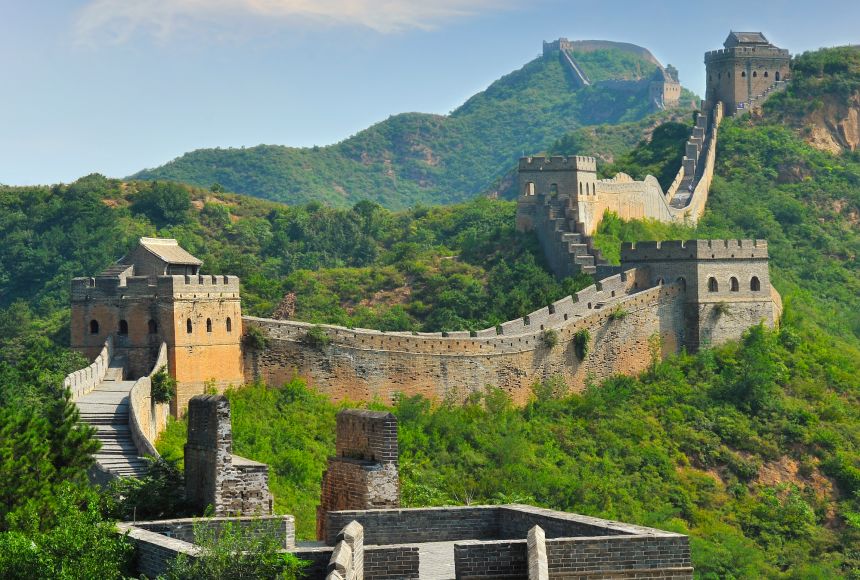ENCYCLOPEDIC ENTRY
ENCYCLOPEDIC ENTRY
The Great Wall of China
The Great Wall of China
The Great Wall of China was built over centuries by China’s emperors to protect their territory. Today, it stretches for thousands of miles along China’s historic northern border.
Grades
5 - 8
Subjects
Anthropology, Geography, Human Geography, Social Studies, Ancient Civilizations, World History
Image
The Great Wall of China
The Great Wall of China is one of the most notorious structures in the entire world. The Jinshanling section in Hebei Province, China, pictured here, is only a small part of the wall that stretches over 4,000 kilometers (2,500 miles).
Photograph by Hung Chung Chih

Media Credits
The audio, illustrations, photos, and videos are credited beneath the media asset, except for promotional images, which generally link to another page that contains the media credit. The Rights Holder for media is the person or group credited.
Director
Author
Production Manager
Program Specialists
Specialist, Content Production
Producer
other
Last Updated
October 19, 2023
For information on user permissions, please read our Terms of Service. If you have questions about how to cite anything on our website in your project or classroom presentation, please contact your teacher. They will best know the preferred format. When you reach out to them, you will need the page title, URL, and the date you accessed the resource.
Media
If a media asset is downloadable, a download button appears in the corner of the media viewer. If no button appears, you cannot download or save the media.
Text
Text on this page is printable and can be used according to our Terms of Service.
Interactives
Any interactives on this page can only be played while you are visiting our website. You cannot download interactives.